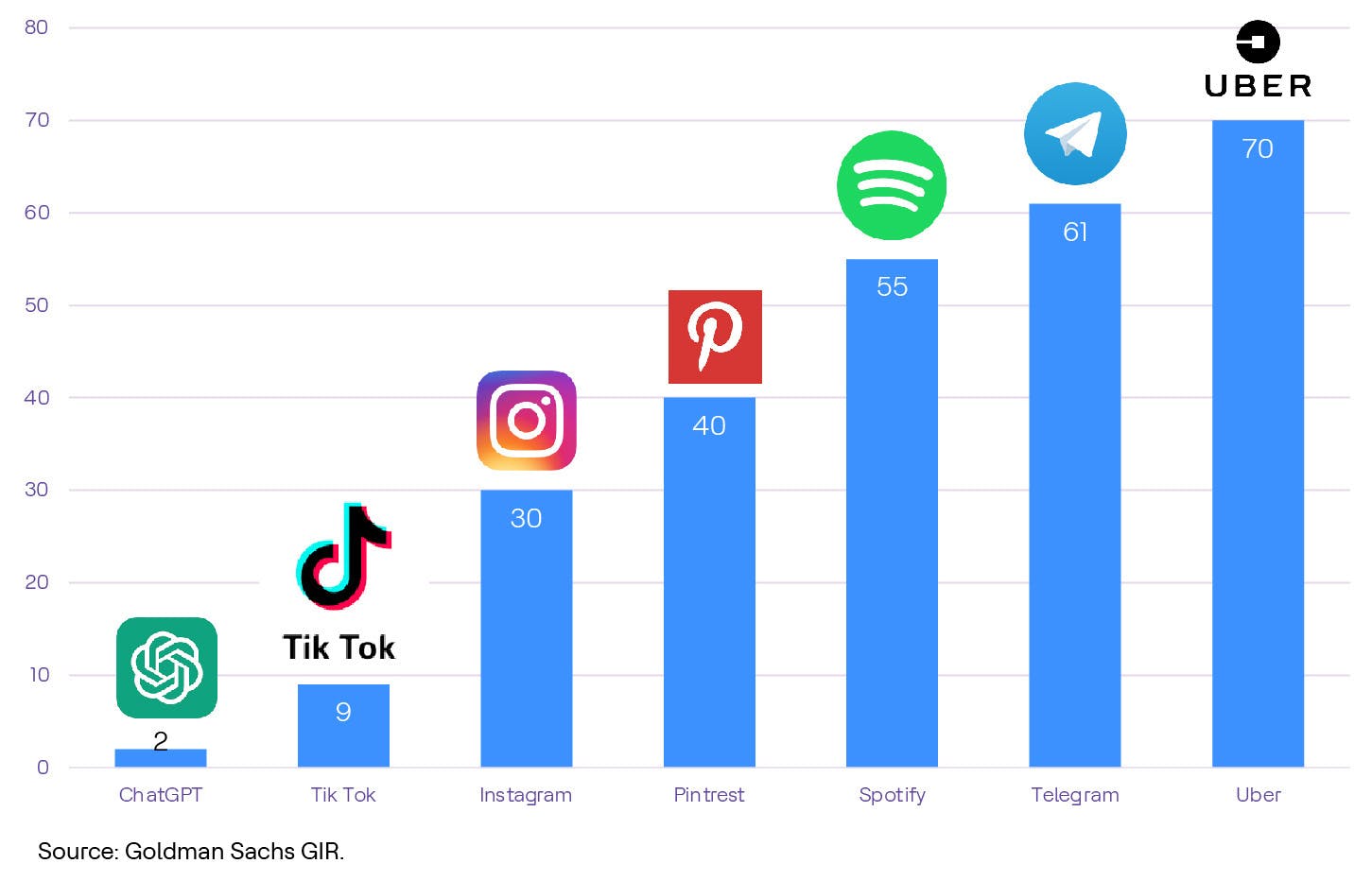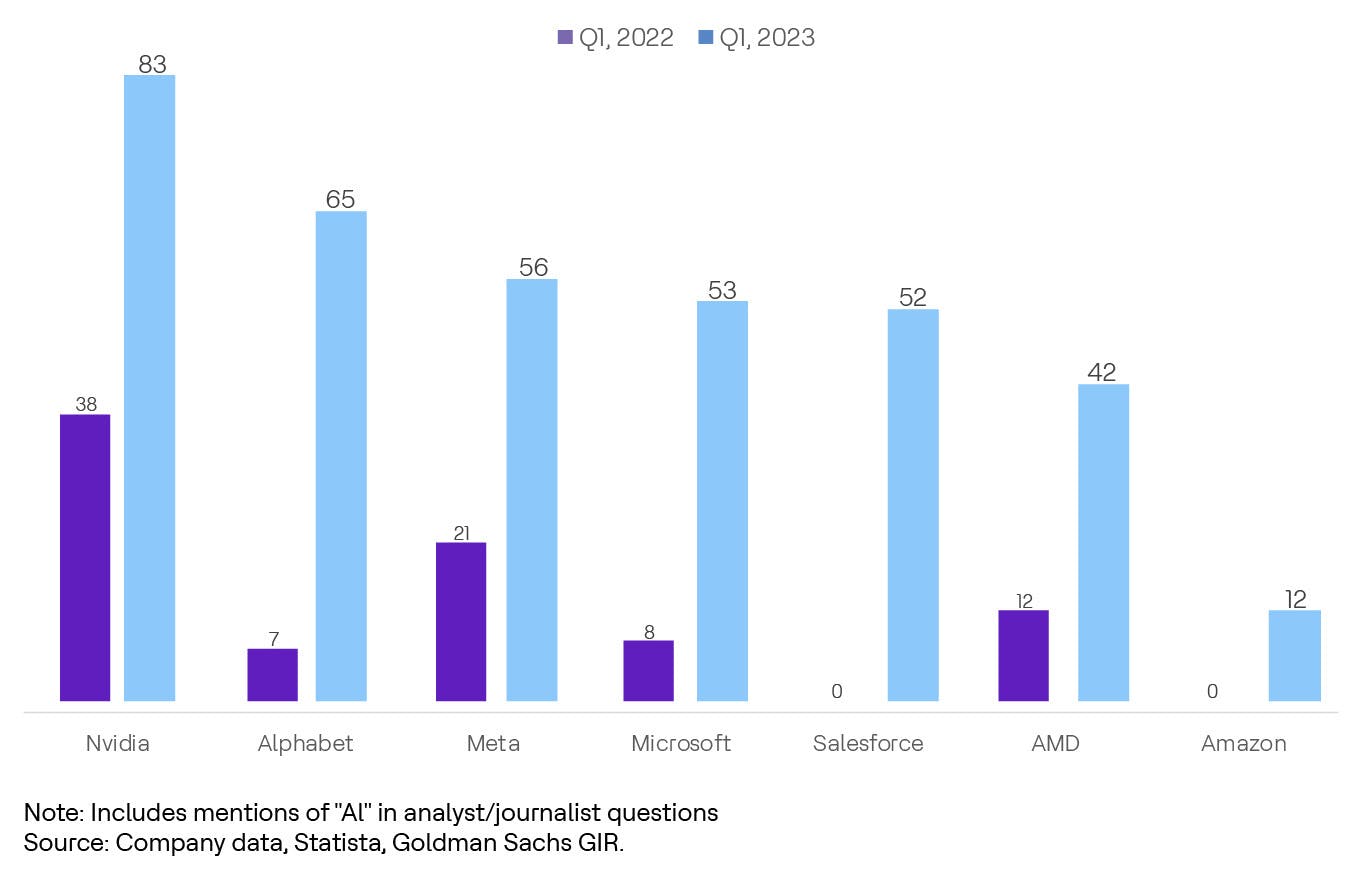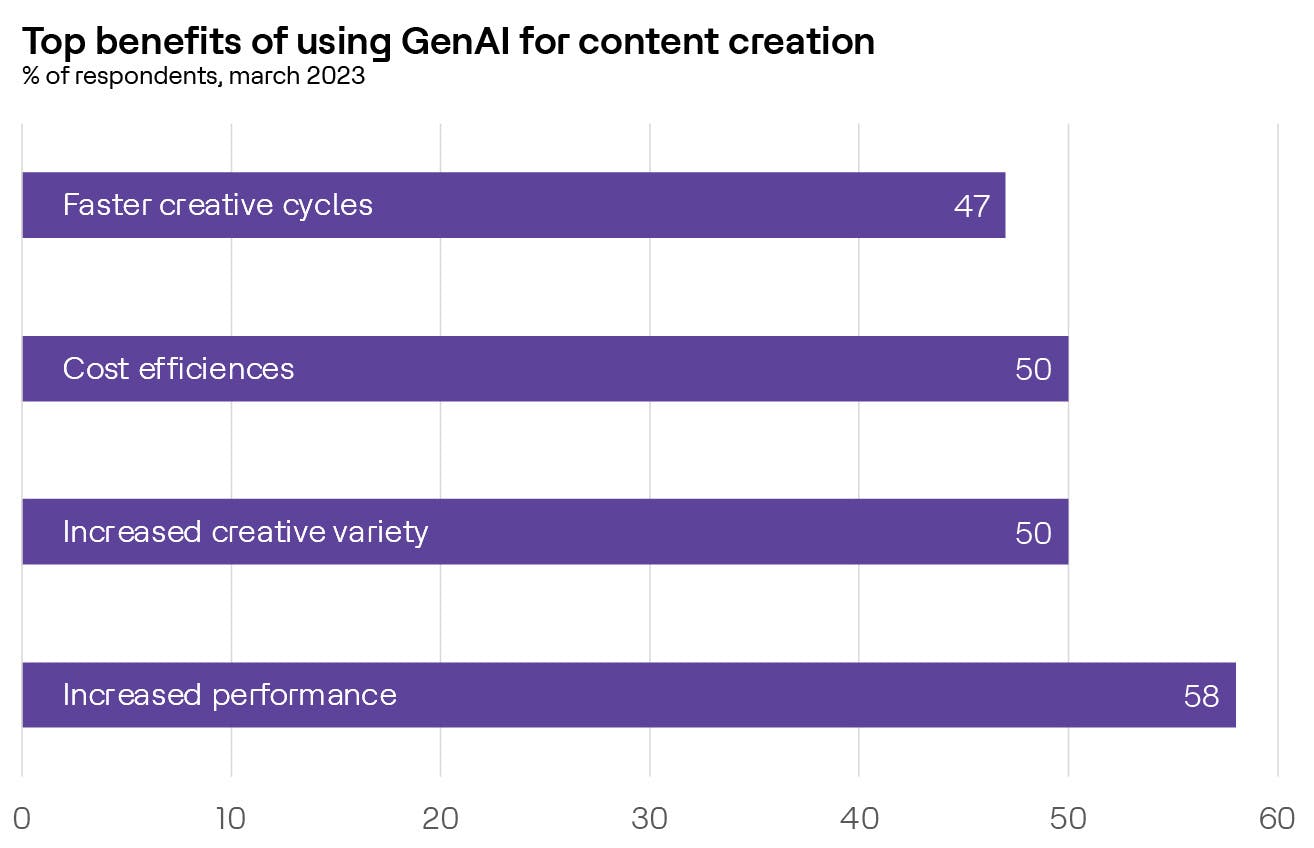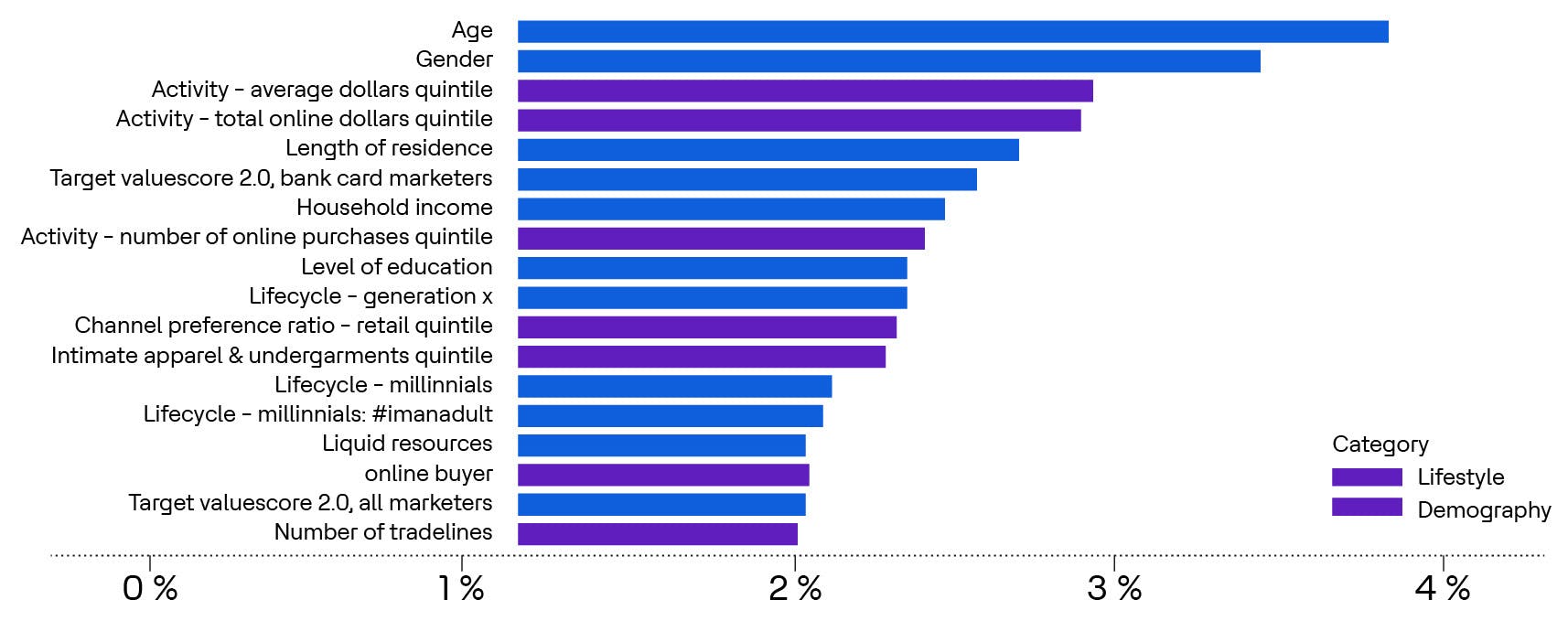AI: Talk of the town
Alan Turing, often touted as the father of Artificial Intelligence said back in 1950, “I believe that at the end of the century, the use of words and general educated opinion will have altered so much that one will be able to speak of machines thinking without expecting to be contradicted.” Fast forward to 2024, one realizes that Turing was not only right; his idea of 'machines thinking' found a logical sibling in artificial intelligence. With the advent of Generative AI and other tools, it could be said that Turing would have liked what he would have seen today.
Digital levers like AI, ML, IoT, RPA and others collectively aim to achieve one ubiquitous goal: making machines replicate, and possibly outdo, human intelligence. Industries across the board have naturally latched on to these. Taking cues from some recent advancements in Generative AI, the data points to some interesting observations. While Uber took 70 months to surpass 100 million users, ChatGPT took just 21 and the mention of ‘AI’ in companies’ earnings calls showed an astronomic rise from the first quarter of 2022 to same period in 20232.

1: Number of months taken to surpass 100 MN users

2: Mentions of “AI” in selected companies’ earnings calls
(Source: https://www.goldmansachs.com/intelligence/pages/top-of-mind/generative-ai-hype-or-truly-transformative/report.pdf)
Retail, in the essence of being a consumer experience-focused industry, has lent itself to a multitude of digital interventions. In this post I will explore how customer journeys are impacted by AI at various touchpoints throughout the lifecycle of a consumer journey.
Customer journey: The 5 stages
All consumers go through 5 stages in their shopping journey, while interchangeably switching between physical and online channels. 
Lets look at how AI can help in each of the stages:
Stage 1: Product awareness: A potential consumer’s goal at this stage is to gather awareness about the company’s products and/or services. This could involve using search engines, social media, industry events, physical stores and any other consumer touchpoints, where the company shares information on its product or service.
AI has become an immensely useful tool in the following ways:
- Optimization of search engine rankings
- AI enabled content creation, keyword optimization, metadata augmentation for images and other content
- Recommendations to enhance keywords, titles and meta-descriptions
- Using image recognition technology, alt-text for images can be generated to extend visual elements within the realm of SEO
Creation of tailored content based on data around likely customer buying habits across micro-segments – Generative AI can play a big role in generating innovative, SEO-optimized content. It’s no wonder that enhanced performance and increased creativity are the prime drivers among content creation for Generative AI, as shown in the survey below.

- Examples: Coca-Cola’s “Real magic”; ING Bank’s “Future Me” campaigns
Stage 2: Product consideration: After helping the potential customer identify his/her problem, the consideration stage sets up the organization’s product or service as a possible option to the consumer. The prime goal is to create content that encourages potential buyers to consider the firm’s product or service as a viable option.
Once again, AI plays a pivotal role at this stage in various ways:
- Positioning the product, rather than pushing it, is the key to a successful consideration phase. Content that keeps this balance, created using rightly worded product descriptions aided by AI and placed across the relevant digital channel for each consumer, can help this stage. Past customers’ digital footprints can help determine which channels yield the best ROI for various consumer groups.
- Generative AI can be used to analyze consumer review data available across third-party sites and determine what customers like about the firm’s products and comparable competitor products. Tailored content can then be created for each consumer touchpoint.
- Predictive lead scoring is essential to determine the likelihood of converting a lead. Using ML models, historical lead data can be analyzed and statistical models can be built that may contribute to lead conversion. Rather than relying to manual point-based models, ML models refine them and take the guesswork out.
A representative predictive lead score model that identifies the top features for conversion for each category can be built like the model below:
Top Feature Importance

The above could be used in various ways:
- Lead ranking and suppression: Following the ranking of leads, a suppression threshold (e.g., bottom 70%) can be set. The leads most likely to convert can be directed towards outreach tools. This can assist sales and call center agents in focusing on and improving conversions.
- Product-specific lead scores: This can help to build more informed and tailored product recommendations to individual consumer segments.
- Offering a personalized experience through discounts and promotions: The model can be used to predict conversion of leads to high LTV consumers and offers and discounts can be customized for those segments.
New applications emerge
“Like most retailers, we are uncertain about exactly where we will land at the end of this process. However, our curiosity and creativity will guide us”, says Jesper Brodin, CEO of IKEA Group. Indeed, AI and Generative AI are revealing newer and cutting-edge use cases across consumer shopping journey at remarkable frequency. Take IKEA for example. Their call center was not able to cater to customer queries effectively, and was considered only for sales pitches. However, with the help of an AI bot called Billie, IKEA realigned their call center employees to more of interior design advisors, while, much to the relief of the human agents, regular queries are handled by Billie. Since 2021, over 8,500 of such call center folks have been transitioned to be Interior Design Advisors. That becomes a win-win for employees and customers alike as after the regular queries, customers are better prepared to decide on their next purchase – at IKEA.
The speed and scale of adoption of newer use cases will determine how this sector shapes up over next few years and digital tools, including AI and Generative AI, are acting as guiding forces for retailers during this major transformation.
Up next
In the next segment of this two-part series, we will focus on the remaining stages of the customer journey and discuss how AI is improving these stages.






